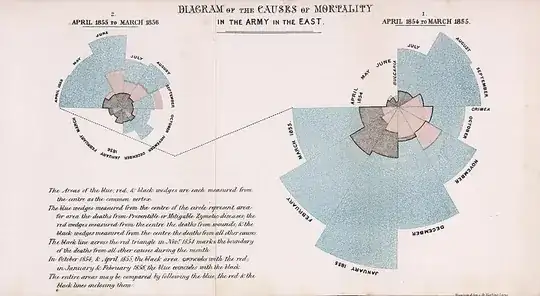The book Trick or Treatment by Edzard Ernst and Simon Singh also claims this:
Prior to the development of evidence-based medicine, doctors were spectacularly ineffective.
Those patients who recovered from disease were usually successful despite the treatments they had received, not because of them. [p. 37, emphasis mine]
They cite Bad Medicine: Doctors doing harm since Hippocrates by David Wootton for further reading.
Furthermore, they relay statistics that have been compiled by Florence Nightingale about the mortality in hospitals during the Crimean War. In one particular hospital in Scutari she managed to lower the mortality rate from 43% to 2% in just five months by increasing hygiene.
When challenged that the reason for this drop was due to the less severe condition of the soldiers rather than improved care, she compared the mortality rate of the hospital with that of camp-based injured soldiers: while the hospital had a 43% mortality rate, camp-based soldiers only had a 2.7% mortality rate. This is strong evidence that becoming hospitalised did indeed decrease chances of survival drastically.
Also note the following diagram where only red areas are deaths from wounds – all other colours indicate deaths from infectious diseases, contracted in the hospital.

[Notes on Matters Affecting the Health, Efficiency, and Hospital Administration of the British Army by Florence Nightingale, 1858]
